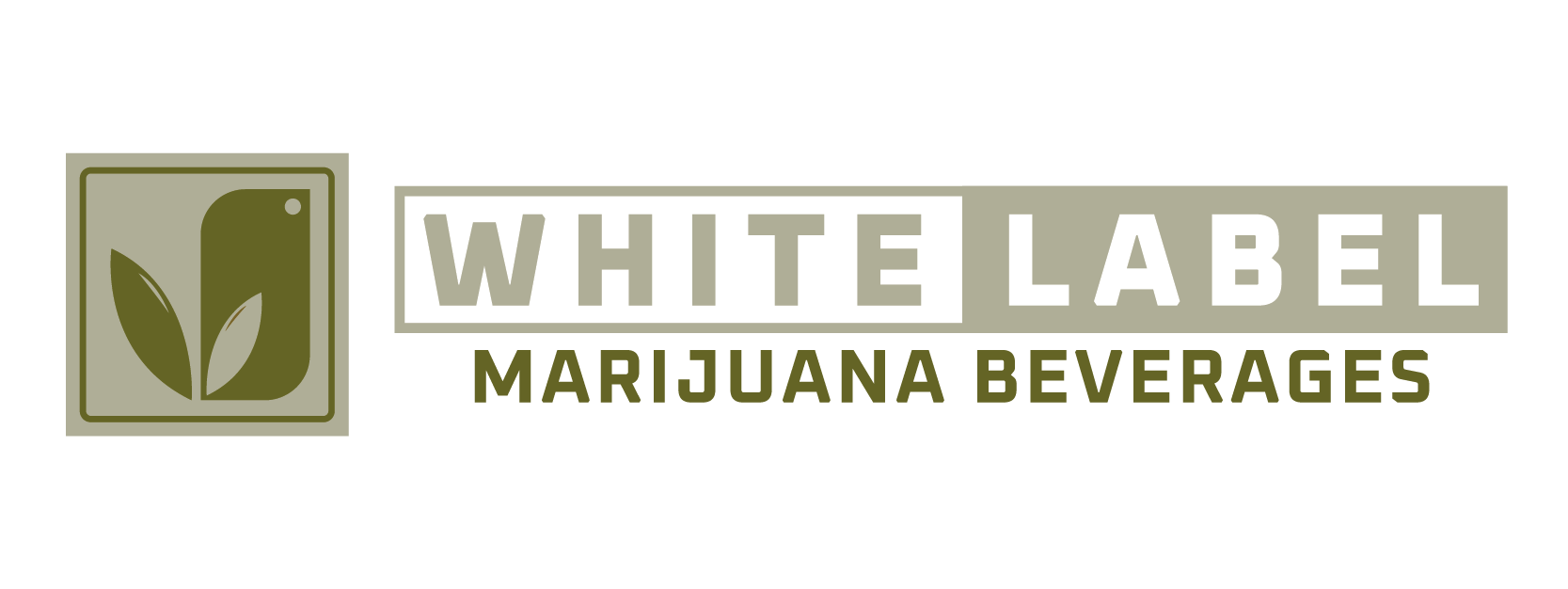Consumers are buying what feels familiar yet a little fresh. Citrus-forward profiles—lemon, lime, grapefruit, blood orange—consistently lead because they signal “refreshing,” mask bitterness, and map to the broader seltzer/mixer trend consumers already love. Headset brand dashboards show citrus SKUs repeatedly among top sellers (e.g., Lemon/Lime sparkling waters), and CANN’s best-performing items include Blood Orange Cardamom and Lemon Lavender—classic citrus with a botanical twist. An ADM flavor study in beverages also found North American drinkers overwhelmingly drawn to bold, vibrant citrus, reinforcing why lemon-lime and grapefruit travel so well from alcohol to THC formats.
“Mocktail” flavors are another winner because they borrow recognizable bar cues without the alcohol. Margarita, paloma, and piña colada profiles convert shoppers quickly: they’re easy to imagine, easy to serve over ice, and they promise a social occasion. Flavor research in ready-to-drink (RTD) alcohol shows these exact templates dominating launches—and cannabis brands are mirroring that playbook. Major operators entering hemp-derived THC drinks have led with sea-salt margarita and peach bellini riffs, further normalizing cocktail-inspired options at mainstream price points.
Nostalgia also sells. Keef Cola’s persistent presence among top beverage brands suggests classic soda profiles (cola, root beer, orange) still resonate, especially for consumers replacing a dessert or looking for a “treat” format. BDSA’s latest leaderboard places Keef and Uncle Arnie’s among best sellers—brands known for bold, familiar fruit and soda flavors, often at higher potencies. That split—sessionable citrus at 2–5mg and indulgent fruit/soda at 100mg—explains the category’s barbell: micro-dose social sippers and value-dense “share or sip-slow” options both move, as long as the flavors are craveable.
Botanical pairings—herb, spice, and floral accents layered onto fruit—are gaining share because they feel premium and “culinary.” Think blood orange + cardamom, grapefruit + rosemary, yuzu-berry blends, or ginger-citrus. Headset shows these SKUs ranking inside leading brand portfolios, while flavor suppliers and formulators highlight “swicy” (sweet + spicy) and floral notes as trending across edibles and beverages—an indicator of where new product pipelines are headed. These pairings help brands differentiate on shelf without alienating consumers with unfamiliar bases.
Why these flavors work goes beyond taste. First, they complement fast-onset tech. Nano-emulsions have shortened perceived onset to roughly the length of a casual drink at home, so “bright, carbonated, citrus” reads as an experience you sip as effects begin—just like a hard seltzer analog. That pairing of sensory refreshment + timely effect is powerful. Multiple industry analyses point to nano-emulsion’s role in faster onset and better absorption, which underpins the success of light, sparkling formats where citrus shines.
Second, flavor ladders into use-case and dose. Low-dose (2–5mg) citrus and botanical SKUs win in social, after-work, and “NA cocktail” occasions—an alcohol-moderation behavior echoing broader beverage trends—while higher-dose fruit/soda formats serve experienced consumers seeking efficient value. Headset category work shows both low-dose and high-dose segments contributing meaningfully; and recent coverage confirms rapid category growth past $1B in 2024, creating room for multiple positioning strategies to scale.
Finally, what sells best is reinforced at retail by flavor clarity on cans, simple descriptors (Lemon, Black Cherry, Pineapple), and seasonal limited-time offers that rotate familiar profiles (cranberry, holiday mule, tropical). That balance of instant recognition + small twist reduces trial risk and builds repeat—especially when combined with sessionable carbonation and clean labels (low sugar, low calories). Expect more citrus-botanical mashups, globally inspired fruits (yuzu, lychee), and mocktail sets merchandised together to guide shopper trade-ups.
